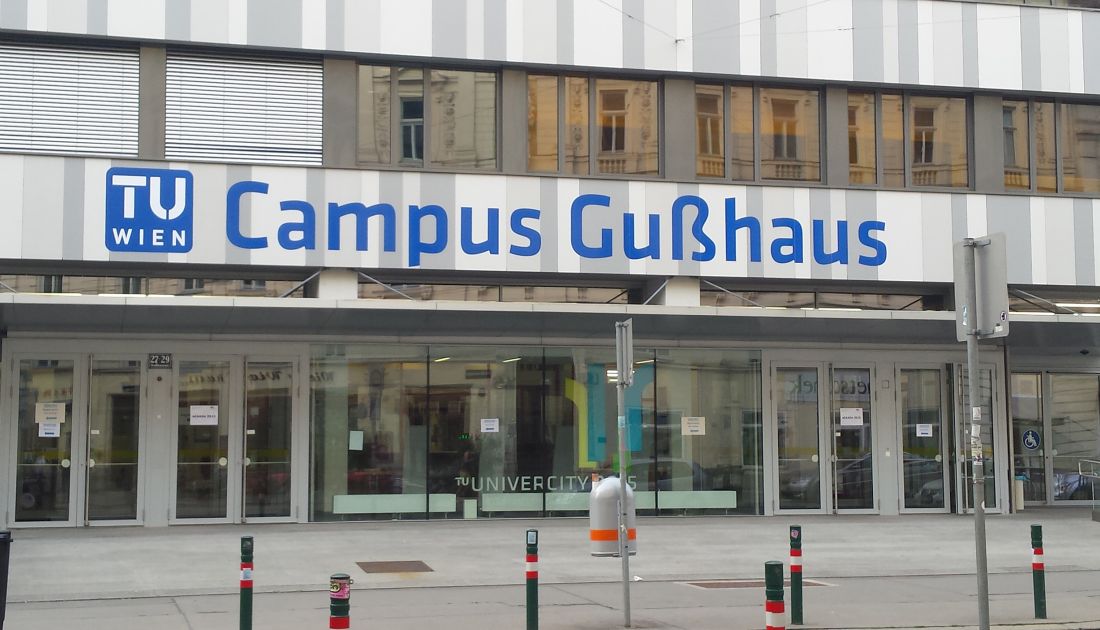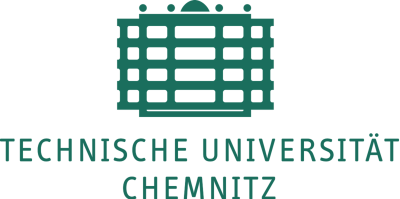
The TU Wien is the largest research and educational institution in the field of technology and natural sciences in Austria with more than 27,000 students and 4,000 scientists.
Company profile
The project activities will be performed at the Institute of Solid State Electronics (ISSE), which belongs to the Faculty of Electrical Engineering and Information Technology of TU Wien. ISSE is located at new premised at Campus ‘Gusshaus’ where also a new cleanroom with facilities for Si and III-V processing is located. ISSE has a long year experience in field of optoelectronics and electronics. Expertise in the electronics includes fabrication, device physics, reliability physics, transport and fluctuation, self-heating and breakdown phenomena. GaN high electron mobility transistor devices with and without gate dielectric insulation have been fabricated in our cleanroom in previous EU projects called Ultragan, Morgan and Hiposwitch. DC and pulsed measurement facilities are used for transistor IV and transient characterization. They are combined with optical interferometric techniques for breakdown homogeneity and self-heating characterization in ns pulsed regime. Physical modeling and TCAD simulations are used for interpretation and evaluation of experimental results.
ISSE has a long year experience in field of optoelectronics and electronics.

Role in the project
TU Wien will apply different kind of electrical characterization techniques to study impact of defects, in particular extended defects as dislocations, on electrical behavior of GaN HEMT devices and special test structures. Current-voltage, low frequency noise (in time and frequency domains) and pulse breakdown characterization techniques will be combined with various overstress and accelerated aging methods. The results of electrical analysis obtained at TU Vienna will be correlated with the results of structural and analytical techniques as e.g. electron microscopy of our project partners. The obtained experimental data will be physically interpreted and eventually modelled.
Key contribution
TU Wien will relate specific electrical behavior to specific type of extended defect.
Technische Universität
Wien
Gußhaußtrasse 25-25a
1040 Vienna
Austria
www.tuwien.at










































